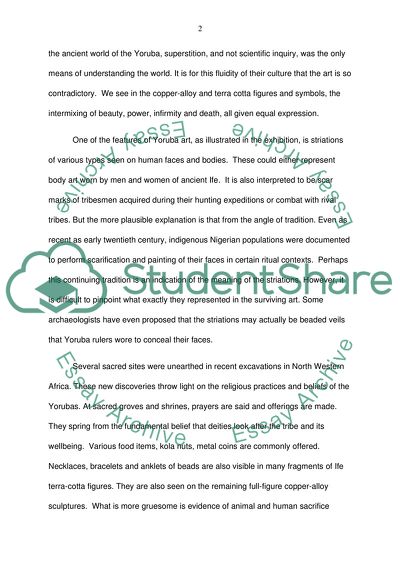Cite this document
(Ancient Civilizations and Historic Interactions Essay, n.d.)
Ancient Civilizations and Historic Interactions Essay. https://studentshare.org/history/1811305-critical-analysis
Ancient Civilizations and Historic Interactions Essay. https://studentshare.org/history/1811305-critical-analysis
(Ancient Civilizations and Historic Interactions Essay)
Ancient Civilizations and Historic Interactions Essay. https://studentshare.org/history/1811305-critical-analysis.
Ancient Civilizations and Historic Interactions Essay. https://studentshare.org/history/1811305-critical-analysis.
“Ancient Civilizations and Historic Interactions Essay”. https://studentshare.org/history/1811305-critical-analysis.


